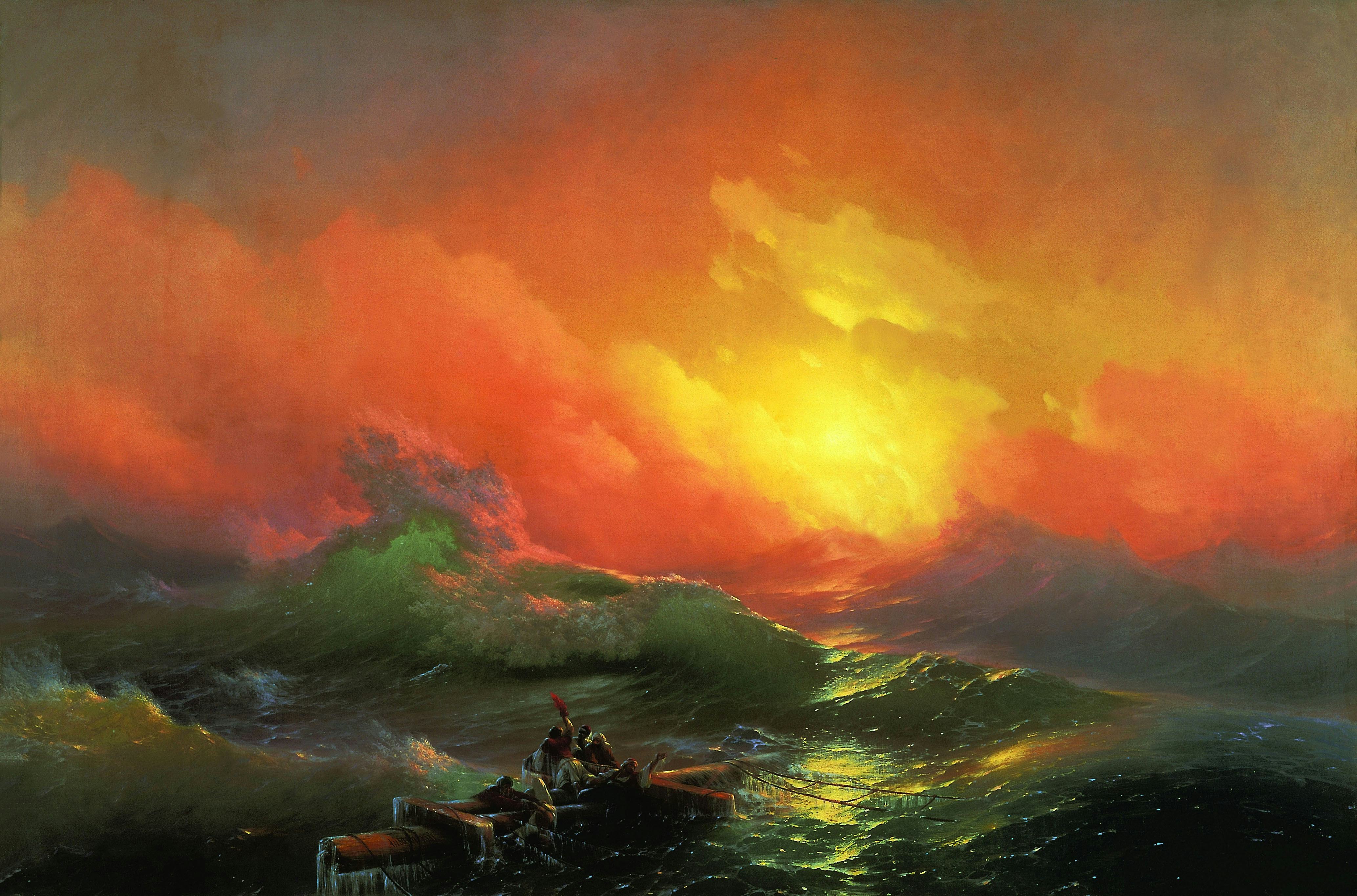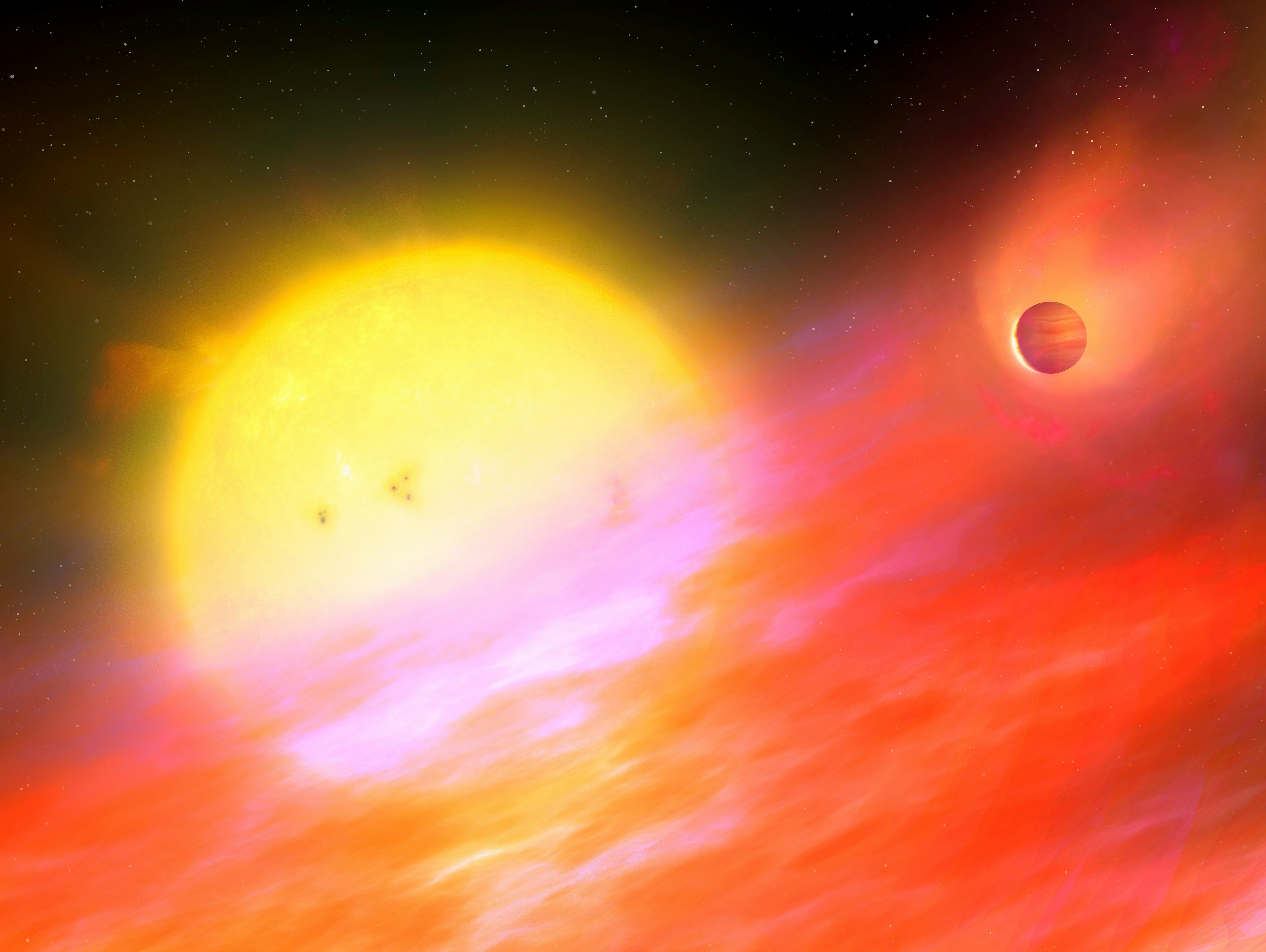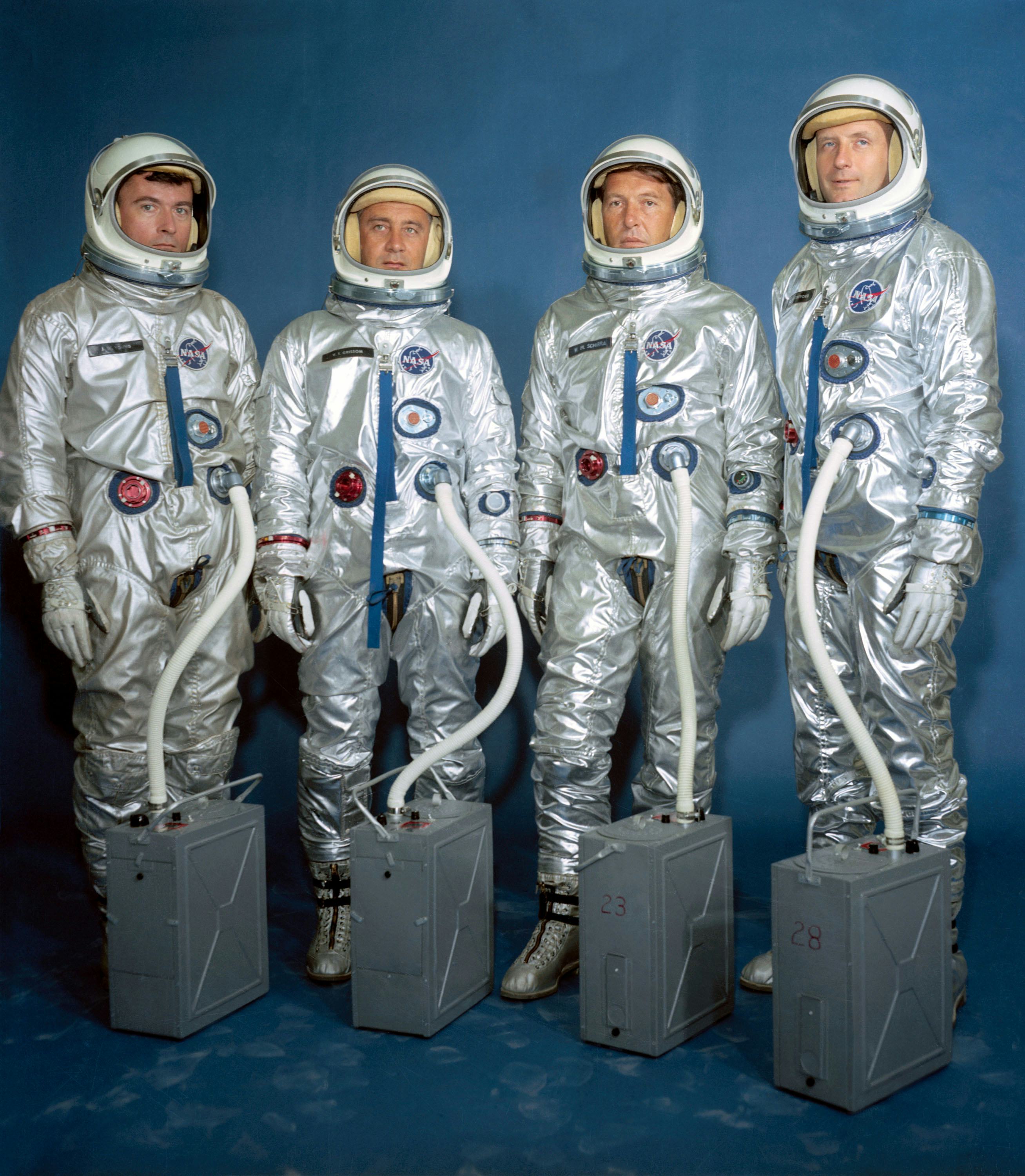
I grew up near the beach. I’ve always liked lying down in the hot sand, closing my eyes, and listening to the heavy waves back in on themselves. When the sound becomes too enticing, I run and jump into the water, swimming until I can only see blue sky and blue enveloping me, everything fading together.
Then, I get scared and swim back to shore. Not everything that floats in the ocean has that luxury. In today’s Inverse Daily, you’ll read about six famous shipwrecks still sunken somewhere, barnacled and missing. You’ll also find out how NASA will destroy the ISS, an alien update, and, the answer to why cilantro tastes so bad (to some people, like me).
But before you read on, help out our writers — we're working on a men's health story right now, and we want to know: Do you or did you ever take creatine to support your health? If so, hit 'reply' and tell us why you take it and what effects you have seen. Thank you for all your replies so far!
This is an adapted version of the Inverse Daily newsletter for Wednesday, March 23, 2022. Subscribe for free and learn something new every day.

Six famous shipwrecks still lost at sea
“On March 9, researchers solved a 106-year mystery by locating the final resting place of Ernest Shackelton’s famous ship, Endurance,” writes card story editor Jennifer Walter. “But Endurance is just the tip of the iceberg when it comes to lost shipwrecks.”
Missing shipwrecks are a very specific type of creepy. Here’s a floating symbol of human ingenuity and exploration, now here it is rotting and filled with fish on the ocean floor. A famous missing shipwreck is a reminder that none of this lasts, no matter how impressive, and there are a frightening number of them.
But for the faint of heart, Walter’s card story takes readers through just six. They include Christopher Columbus’ Santa Maria, which crashed near Haiti 1492, the Navy ship USS Cyclops, which “mysteriously vanished” along with its crew, and the SS Baychimo, which was reportedly seen operating 38 years after it was abandoned.
Get wrecked: It takes just five seconds for humans to mess up an ecosystem

Here’s how NASA plans to obliterate the International Space Station
The International Space Station’s final days are sadly numbered, but honestly, the end can’t come soon enough. “As of 2022, the space station has been in orbit for an impressive 21 years,” writes Harry Stoltz. “As NASA and its partners originally planned to decommission after 15 years, the space station is long past its original due date. Even with mounting safety concerns, NASA has decided to extend the lifespan of the space station until 2031.”
So, um, that’s a little concerning. But you’d probably want to stretch your $150 billion dollars as much as possible, too. Even if there have been “an abundance of safety concerns on the ISS,” like holes and leaks.
Okay, so maybe the ISS’ glory days are over. NASA is working on decomposing the station slowly, over a few years leading up to 2031, a process NASA calls “retrograde” maneuvers. In the final maneuver, “NASA will check that the Space Station is aligned with the South Pacific Oceanic Uninhabited Area (SPOUA)” and allow it to burn up as it hurtles through the atmosphere. Then, NASA will guide it to crumpling its singed body “into the cool Pacific waters and [sinking] to its watery grave,” writes Stoltz. RIP.
Bye, bye: Commercial space stations will lead NASA to Mars

NASA just reached a major milestone in the search for alien life
The first two exoplanets were found in 1992. 20 years later, we’re 5,005 exoplanets in. “NASA’s Exoplanet Exploration page is even celebrating the occasion with a small animation,” writes Inverse editor John Wenz.
NASA’s excitement is well-warranted. Initially, “after astronomers had spent decades looking for planets by searching for minute optical wobbles in stars (the astrometry method), they’d discovered nothing but headaches,” writes Wenz. “By the 1980s, astronomers were looking for clues in stars’ motions via its light spectra for slight wobbles caused by an orbiting planet — a sort of modified version of astrometry that broke down a star's light instead of its position in space. This method is often referred to as radial velocity.”
Some methods used today include using “stars as a giant magnifying glass to show objects behind them and looking for light reflected off a planet by its star,” but high-powered telescopes like the James Webb Space Telescope (JWST) empower modern scientists to understand exoplanets, not just find them.
Very illuminating: Can we use the Sun to find aliens?

Is that soapy cilantro taste genetic?
I’m not afraid to say it. I hate cilantro. It makes my mouth feel like I said a bad word in front of my mom in the 90’s. Blame genetics, I guess.
“There’s strong evidence for gene variants that affect how one perceives cilantro,” writes Elana Spivack. Though, “some researchers suspect a particular olfactory receptor gene could be the culprit, but that’s as certain as it gets.” But the cilantro’s unique taste is likely a complex combination of factors.
Cilantro’s soapy smell, for example, comes from its composition. “The leaf contains aldehydes, organic materials with a unique chemical structure,” which your olfactory receptor gene OR6A2 then detects, writes Spivack. “Aldehydes, for one, are a byproduct of the process of fragmenting fat molecules with alkaline lye to create soap.” Culture could also be responsible for your relationship to cilantro. “People from cultures that frequently use cilantro in food, such as Mexican and Indian, have far fewer people that say cilantro has this soapy taste,” writes Spivack. “The soapy cilantro opinion is more likely to come from someone of European descent, the 2012 paper found.” Ok, just for the record, I’m South Asian.
Spit it out: What does a lab-grown burger taste like?

About this newsletter: Do you think it can be improved? Have a story idea? Want to share a story about the time you met an astronaut? Send those thoughts and more to newsletter@inverse.com.
- On this day in history: NASA’s Gemini program reached historic heights on March 23, 1965, when Gemini III took off from the now-deactivated Launch Pad 19 in Cape Canaveral. Gemini III was the first crewed Gemini flight, and it resulted in its astronauts completing three orbits of Earth.
- Song of the day: “Gemini Feed” by BANKS.







